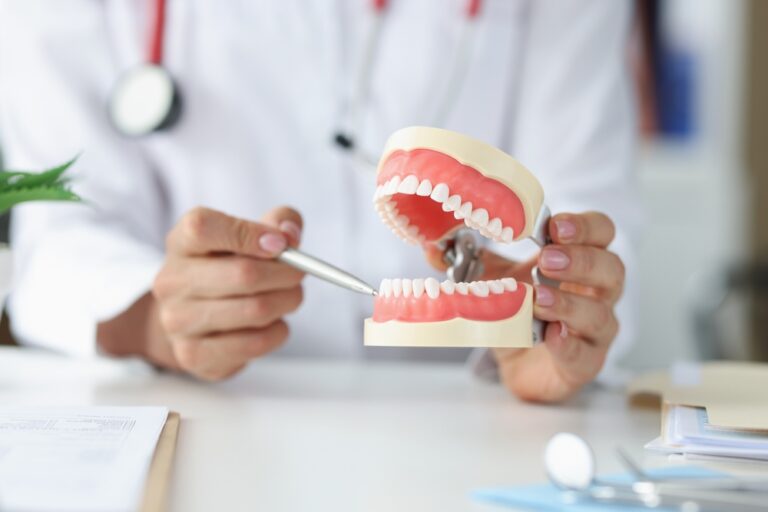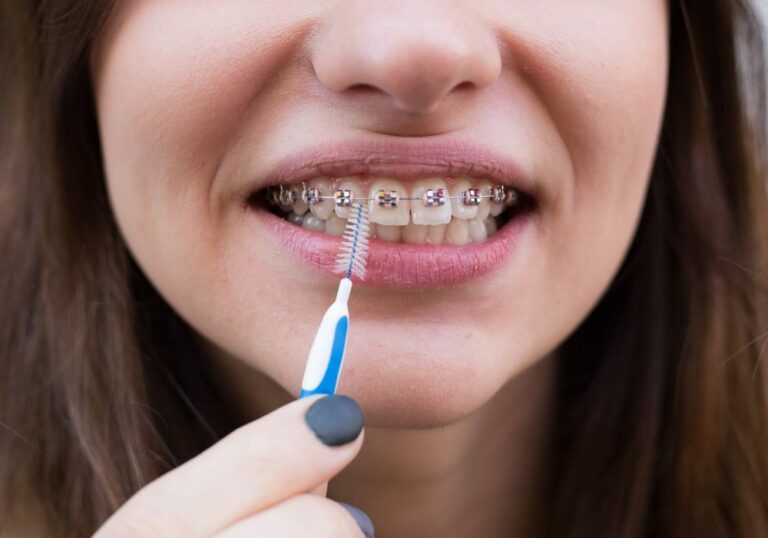Having strong, healthy teeth is important for your overall health and quality of life. But what determines the strength of your teeth? Is it purely genetic, or do environmental factors also play a role? This comprehensive article takes an in-depth look at the latest scientific research on the role of genetics in dental health.
The Complex Structure and Strength of Teeth
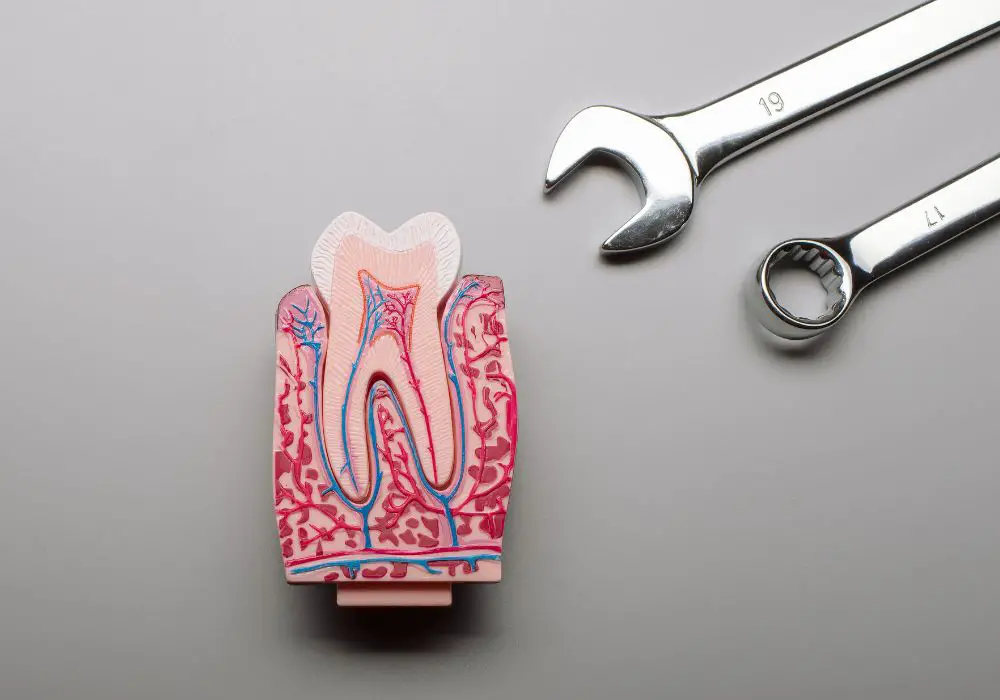
Teeth have a complex structure with multiple layers working together to provide strength:
- Enamel – The hard, outer surface of the tooth made up of organized hydroxyapatite crystals. Enamel is the hardest substance in the human body and protects the tooth. It does not regenerate once damaged. Enamel thickness and structural integrity are key determinants of overall tooth strength.
- Dentin – Softer bonelike tissue under the enamel that makes up the bulk of the tooth. Dentin is made of a matrix of collagen fibers reinforced with hydroxyapatite crystals. It cushions the enamel against fracture. The density and hardness of dentin strongly influences tooth strength.
- Pulp – Soft connective tissue at the center of the tooth containing nerves and blood vessels. The pulp nourishes the tooth and helps produce dentin throughout life.
- Cementum – Bonelike calcified substance covering the root of the tooth that anchors it firmly into the jawbone via the periodontal ligament. Cementum regeneration strengthens the attachment over time.
- Gingiva – The gum tissue surrounding the tooth, made of moist pink tissue with blood vessels and nerve endings. Healthy gums seal and protect the tooth base.
The complex coordination of these mineralized and soft tissues enable teeth to withstand intensive forces from chewing, grinding, and trauma without fracturing or excessive wear.
The Crucial Role of Genetics in Tooth Development

Genetics are intricately involved in orchestrating the proper development of tooth structure and ultimate strength:
Guiding Tooth Morphogenesis
- Tooth shape and size follow a genetic blueprint mediated by transcription factors like MSX1, PAX9, PITX2.
- Abnormal activation of these genes leads to missing or extra teeth and malformed dentition.
Controlling Hard Tissue Formation
- AMELX gene encodes amelogenin protein essential for organized enamel crystallization.
- DSPP and IBSP genes regulate dentin phosphoprotein and integrin-binding proteins vital for dentin mineralization.
- Mutations weaken enamel and dentin.
Regulating Eruption Timing
- Genes like RUNX2 mediate developmental cues for teeth to erupt properly from gums.
- Impaction or delayed emergence leads to thinner, weaker enamel.
Supported by Bone Remodeling
- RANK, RANKL, OPG genes manage bone resorption and formation around teeth.
- Imbalances reduce alveolar bone support for tooth roots.
In summary, genetics orchestrates the intricately timed development of dental tissues with the structure and mineral content necessary for lasting tooth strength.
Environmental Insults Challenge Tooth Strength
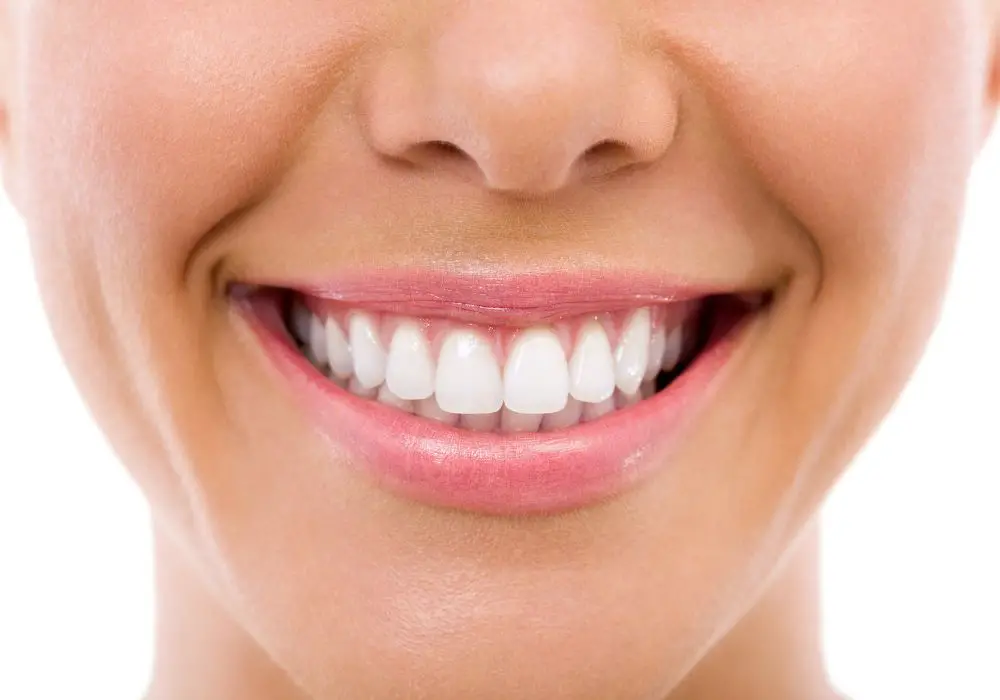
However, genetics represent only one part of the equation. Postnatal environmental factors also substantially influence tooth strength:
1. Childhood Diet and Care Patterns
- High sugar diets promote bacterial overgrowth and acidic byproducts that demineralize enamel and dentin.
- Poor oral hygiene and lack of fluoride accelerate tooth decay which undermines structure.
- Cavities, fillings, and early tooth extractions damage adult tooth health.
2. Adult Eating and Drinking Choices
- Frequent acidic drinks like sodas and juices erode enamel over time.
- Hard or sticky sugary foods like candy can fracture weakened teeth.
- Gritty abrasive foods can wear down enamel with excessive chewing.
- Low calcium, vitamin D, vitamin K2, and phosphorous intake weakens dentin.
3. Physical Wear and Injuries
- Sports impacts, accidents, and chewing on hard objects crack enamel.
- Habitual grinding (bruxism) abrades enamel and dentin.
- Piercings/jewelry and nails/pens/icespicks worn on teeth increase local strain.
4. Chemical Damage
- Smoking discolors enamel and boosts decay risk.
- Gastroesophageal reflux disease (GERD) bathes teeth in stomach acid.
- Some medications like antihistamines reduce salivary flow needed for remineralization.
5. Poor Habits and Care
- Clenching and grinding wears down enamel and stresses periodontium.
- Insufficient brushing allows buildup of plaque biofilm.
- Missing dental cleanings and lack of fluoride undermine tooth mineralization long-term.
In essence, while genetics dictate the potential for healthy teeth, lifestyle habits and dental care largely determine if you reach your optimum oral health over a lifetime.
Gene-Environment Interactions Mediate Lifelong Dental Health
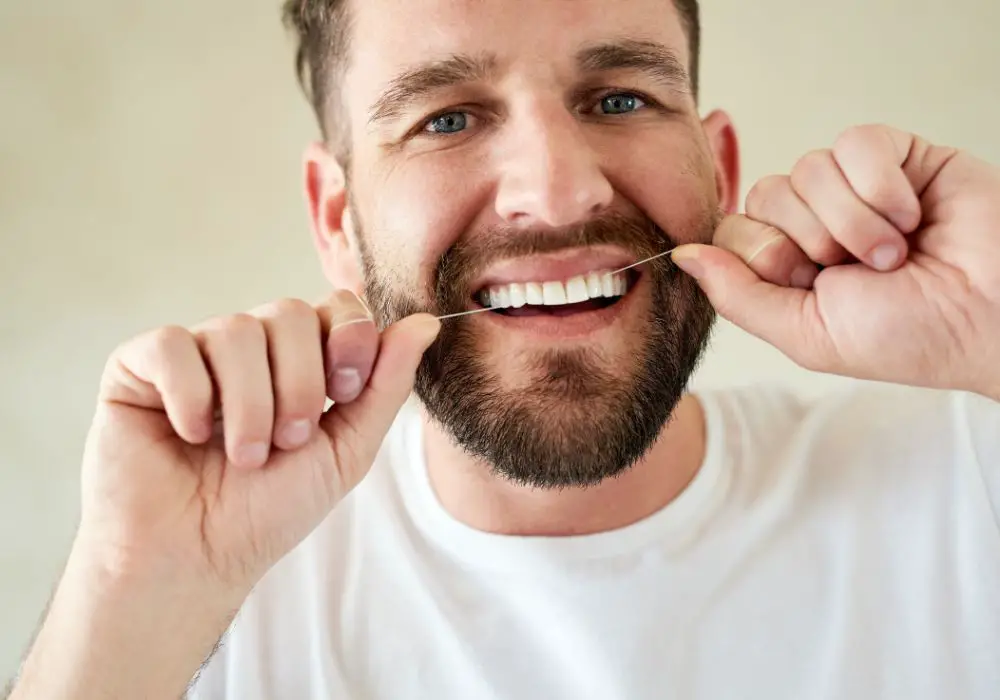
Complex feedback loops between genetic susceptibility and lifestyle/environmental factors ultimately determine dental outcomes. Several illustrative examples include:
- Genetic predisposition for intrinsically weak dentin (DSPP deficiency) makes teeth far more vulnerable to fracture from environmental insults like chewing hard candies or ice.
- Acidic erosion from drinks or GERD causes exponentially faster enamel dissolution in those with thinner genetically-programmed enamel.
- Plaque more readily demineralizes enamel to produce cavities in those with high cariogenic bacteria colonization determined by salivary microbiome genetics.
In other words, those blessed with naturally strong tooth genetics have a buffer against environmental threats, while those less genetically fortunate require extra diligence to maximize lifelong dental health.
Exciting Clues from Epigenetics
Emerging evidence reveals epigenetics may also affect dental health. Epigenetics refers to heritable changes in gene expression separate from alterations in the DNA sequence itself. Environmental toxins, nutrition, inflammation and psychosocial stress can chemically modify DNA or histones to switch genes on or off.
Though research is in its infancy, two epigenetic mechanisms likely impact tooth strength:
DNA Methylation – DNA methyltransferase enzymes (DNMTs) add methyl groups to cytosine bases to suppress gene transcription. Nutrition and toxins influence methylation patterns.
Histone Modification – Environmental signals trigger addition or removal of chemical groups like acetyl or methyl from histone proteins which regulate DNA accessibility and wrapping.
For example, periods of malnutrition or inflammation during childhood may epigenetically suppress enamel or dentin promoting genes. This may explain why identical twins can have divergent dental health despite identical genetics.
Optimizing nutrition and minimizing toxins, stress, and inflammation during pregnancy and early life may support lifelong dental health by guiding more favorable epigenetic programming.
Emerging Genetic Testing for Individualized Care

Advanced genetic testing heralds an era of personalized precision dental health management:
- Salivary Diagnostics – Saliva assays detect pathogenic bacteria strains and genetic risks for high caries susceptibility.
- Enamel Gene Panels – Targeted genotyping identifies variants in AMELX, ENAM, AMBN, and other enamel genes.
- Tooth Matrix Protein Assessment – Test levels of key dentin proteins like DSP, DMP1, and integrins.
- Bone Density Scans – Assess genetic, epigenetic, and postnatal impacts on jawbone quality.
Genetic insights enable targeted early interventions:
- Aggressive sealants and fluoride supplementation for those with thin enamel genotypes.
- Tooth-strengthening composites, bonding agents, and remineralization therapies as warranted.
- Diet modification and oral probiotics tailored to salivary microbiome results.
- Expanded periodic X-rays to monitor questionable tooth positions.
- Timely orthodontics for those prone to crowding, impaction, or misalignment.
Looking forward, epigenetic profiling from saliva, gingival swabs, or dental pulp may provide additional prevention strategies based on your unique metabolism, exposures, stress levels, and more.
Summary Conclusions
While genetics set the basic foundations, a lifetime of proper nutrition, conscientious dental care, and prudent habits optimizes tooth strength regardless of your starting point. Seeking quality dental care early, minimizing sugar and acidity, using sealants and fluorides judiciously, addressing parafunctions like grinding, and pursuing genetic/epigenetic testing are proactive steps to ensure your best oral health. With knowledge and diligence, you can achieve excellent dental fitness even in the face of genetic disadvantages. Talk to your dentist about how cutting-edge genetic and epigenetic testing can enable personalized dental care tailored to your unique needs.
Frequently Asked Questions
Are dental issues completely genetic?
No. While genetics play a meaningful role in determining the intrinsic strength of enamel, dentin, and other dental tissues, environmental lifestyle factors significantly affect oral health over a lifetime. Genetics dictate the potential, but proper nutrition and dental care determine if you reach your optimum dental fitness.
Which genes influence dental strength?
Some important genes include:
- AMELX, ENAM, AMBN – Control enamel formation.
- DSPP, DMP1 – Guide dentin mineralization.
- KLK4 – Encodes enamel protease.
- MMP20 – Enamel matrix metalloproteinase.
- LAMA3 – Laminin protein for enamel adhesion.
- COL1A1 – Collagen matrix.
- FGFR1 – Fibroblast growth factor receptor.
Variants in these genes often reduce enamel or dentin integrity and strength.
Can nutrition optimize oral health?
Absolutely. Good childhood nutrition with adequate vitamin D, calcium, phosphorus, vitamin K2, and protein helps ensure proper dental development. Throughout life, eating a low sugar, non-acidic diet with sufficient minerals protects against tooth decay and erosion. Nutrition can overcome some genetic risk factors.
Can dental hygiene compensate for genetic disadvantages?
Yes. While genetic risks cannot be eliminated, diligent daily flossing and brushing, regular dental cleanings, fluoride treatments, dental sealants, tooth strengthening resins and bonds, changing acidic/abrasive diet habits, using mouthguards and night guards, and pursuing orthodontics when needed can vastly improve dental health in those with unfavorable genetics.
What is epigenetics and how does it affect teeth?
Epigenetics refers to chemical modifications made to DNA and histones that control which genes are turned on or off in response to environment and lifestyle. Nutrition, toxins, stress, and inflammation during critical developmental windows may cause epigenetic changes that impact lifelong dental health.
Should I undergo genetic testing for tooth issues?
For those concerned about extensive decay, enamel deficiencies, thin dentin, or other tooth problems, seeing a dentist for genetic testing can identify your personal predispositions. This allows early precision interventions tailored to your risks, enabling preventive care to optimize long-term dental health even in genetically prone individuals.




